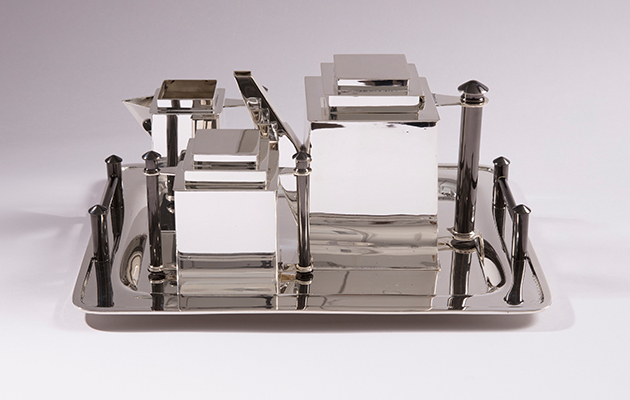|
|
||
|
The curator of this major exhibition at New York’s Cooper Hewitt tells us about the thinking behind the show and some of its highlights This month, New York’s Cooper Hewitt museum opened a major show exploring the Jazz Age. During the 1920s, the US emerged on the world stage as a creative force. ‘Jazz’ was an apt metaphor for the era, capturing the pulse and rhythm of the American attitude. The show considers the tastes of the time, as well as the influence of Europeans in shaping the language of modern American design. Curator Sarah Coffin told us more. ICON: How did the exhibition come about? SARAH COFFIN: We were reserching the Hewitt sisters, who founded the museum in 1897. They collected design from the past, but towards the end of their era were collecting contemporary objects, which we thought was interesting. At the same time, the Cleveland Museum of Art was looking at links between France and the US. In 1926, 400 objects from the Paris World Fair toured museums in the US, playing a role in moving America towards more modern taste. We decided to combine forces and look at the multiple influences on American design. Many German and Austro-Hungarian émigré designers came here at the time – it does seem timely now to look at a period that was so extraordinarily enriched by a large amount of immigration. What do you see as the legacy of that period? SC: One thing we tried to show is the multiple, parallel strains happening in design at the time, so you had abstract design mixing with the figural, harking back to the past as well as adapting to the contemporary era. That’s also very much what’s playing out in design today: nobody wants to accept one dictum – all the past elements of design are coming together. The other legacy is the new technology that was being used at the time – materials such as chromed metal were being adapted from wartime or industrial uses to make furniture and other domestic design, for example Bakelite being used for radio covers. Another aspect was the rise in urban living, which was a strong element of the 1920s and caused a lot of apartments to be built. In the US, this was when it was considered that luxury living could be in an apartment – you didn’t have to own an entire house. The more open flow of apartment design also led to different structures for furnishings. ICON: What are some of the highlights of the exhibition? SC: We have examples of ironwork, as well as textiles and wallpaper that have been based on their designs. We also have doors made for Solomon Guggenheim’s music room, before the family started collecting modern art: this was in many ways their first attempt at thinking modern. We devoted a section to the skyscraper, which had a huge impact on designers. They saw it as part of the modern thrust of America and abstracted these shapes to use on other objects. The Jazz Age: American Style in the 1920s, 7 April — 20 August, Cooper Hewitt, New York
|
Words Debika Ray |
|



















